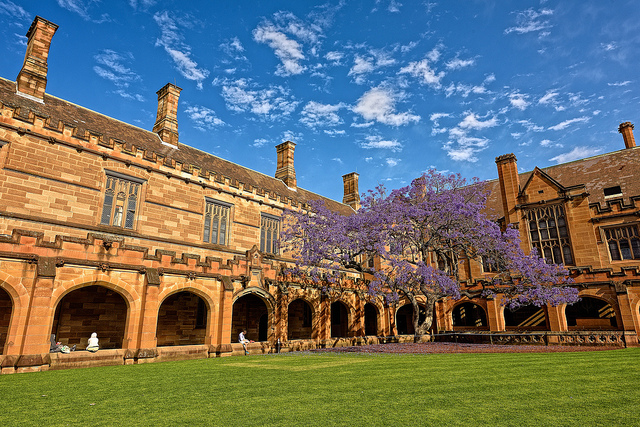The Rising housing market and fast gentrification have drastically increased the returns of inner-city real estate investments. Real estate sector is becoming very profitable, for the first time after its 2008 collapse, and student housing is one of its fastest growing fields.
University and college enrollment is currently booming across United States and Canada. This caused colleges in these two countries to open many satellite campuses, which was followed by increasing number of student housing construction projects. Student housing investments attract both private and institutional investors. Reason for this is the high ROI, which usually goes from 7 to 10% on annual basis. But how can individual investors enter the student housing business?

How to Enter the Game?
There are four ways how private investors can take their piece of the student housing cake. These include:
1. Buying Student Property
Student housing property usually represents an off-campus multi-family unit that can be turned into a student dorm. Forming a joint venture with other interested investors (which include sharing expenses and profits) is a great way for people without significant savings to buy a property for this purpose.
When it comes to student property, location is usually the most important feature. Investors need to target college towns with growing influx of new students. Many experts advise them to choose universities that are popular among overseas students, because these universities usually continue to boost their reputation both home and abroad. Property location inside college towns is also very important. Students prefer properties that are close to campuses, malls, recreational facilities and public transportation centers.
Student property management is another very important issue that follows this deal. Most undergraduate students, who usually rent these types of apartments are younger than 22, which means they are not used to living in unsupervised surroundings. For this reason most investors decide to hire a third-party property manager, who will monitor and control tenants’ activities and take care of maintenance and housing tasks.
2. Taking a Mortgage
Individual investors who don’t have enough funds for buying an adequate real estate, can try to take a mortgage. They need to thoroughly check their mortgage options, because some lenders don’t allow student tenants. Taking a mortgage for buying a student property should be discussed with someone involved in asset management and remarketing services beforehand.

3. Investments in Student Housing Funds
There are several student property funds that are open to individual investors. These funds usually invest money in high-quality student housing properties and charge them by-the-bed. They mainly build or buy off-campus properties within the walking distance from the university.
4. Investments in Companies that Build Student Housing
Individual investors can also invest their funds in construction companies that build student housing, as well as in student housing providers. Investors can buy their stocks on stock exchange, or even incorporate their own developing company, if they have enough funds.
Student housing has become a very lucrative niche, in many different parts of the world. In United States, Canada and Australia these types of investments bring the highest returns. Many funds, which are either comprised out of construction and real estate companies or rich individual investors, realized this, and they are currently trying to enter the game and earn some extra money. In addition to this, student quotas are increasing at a very fast pace, which means that future also looks promising for these types of investments.



